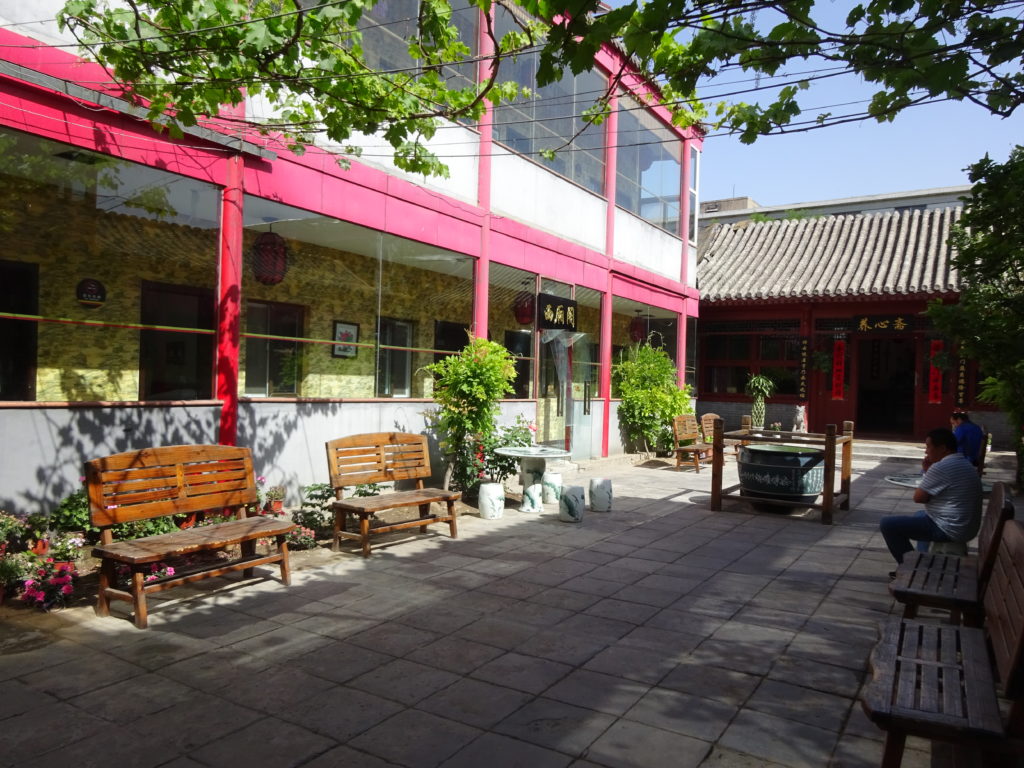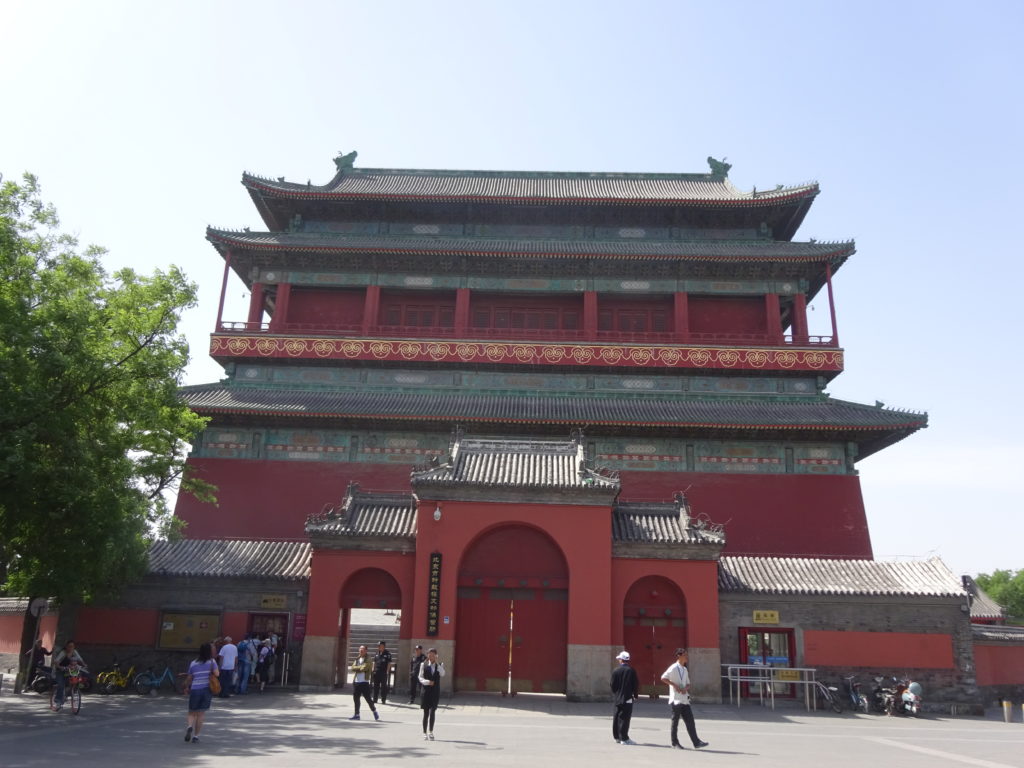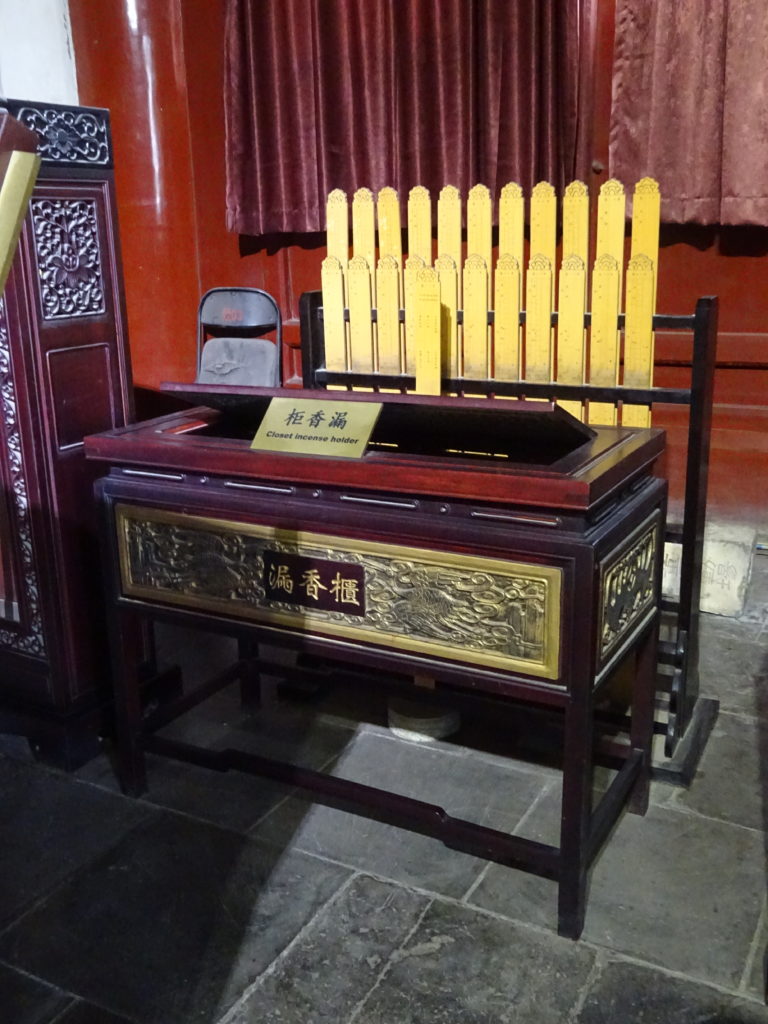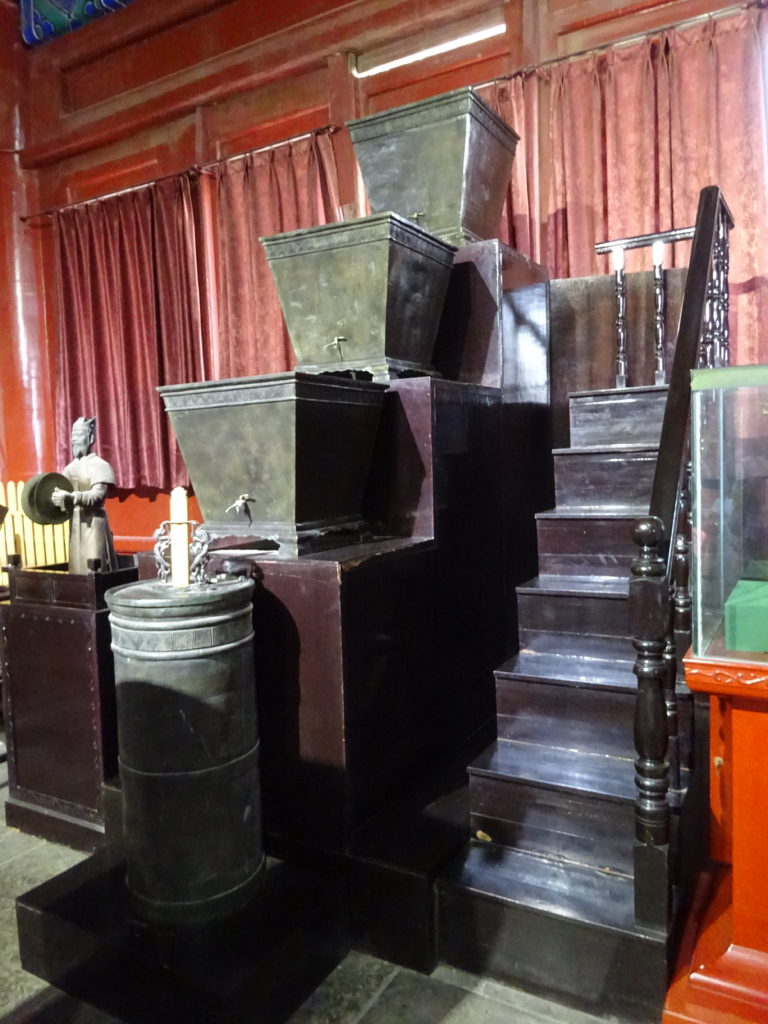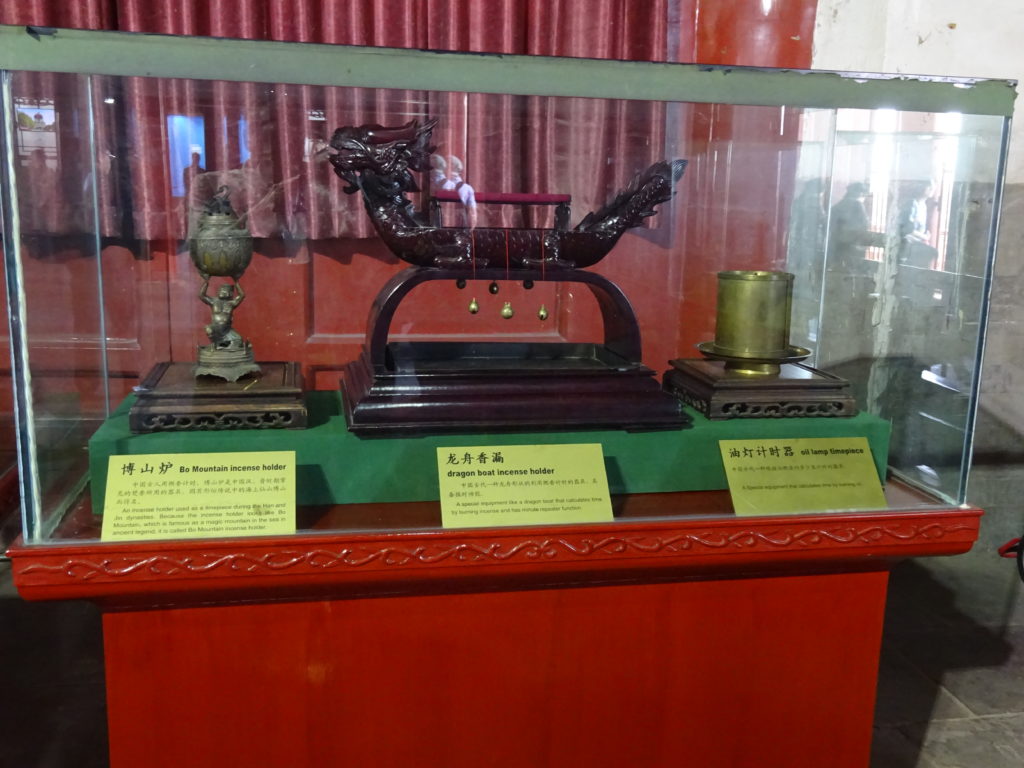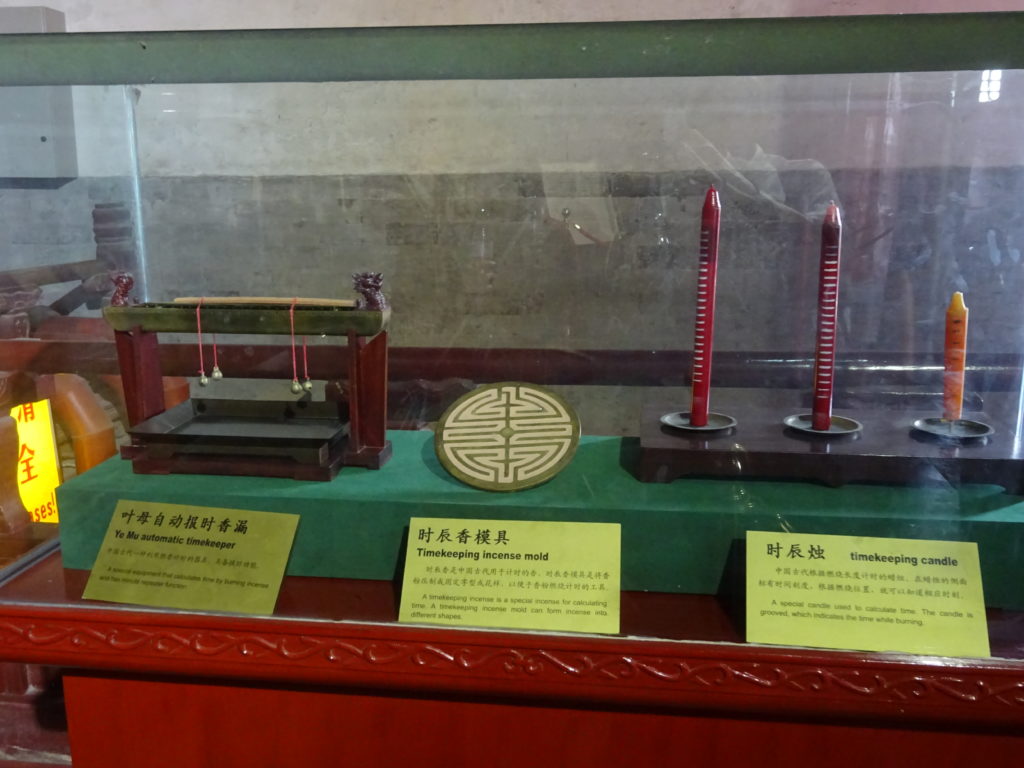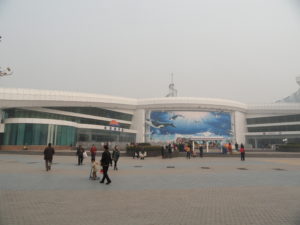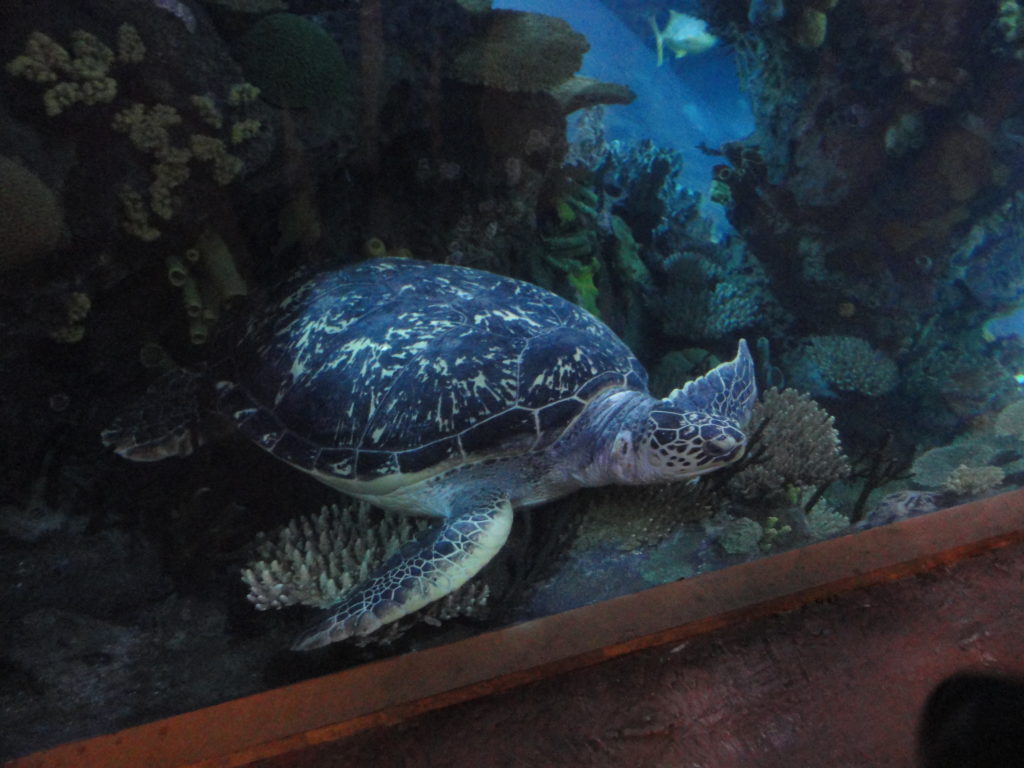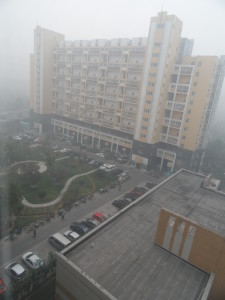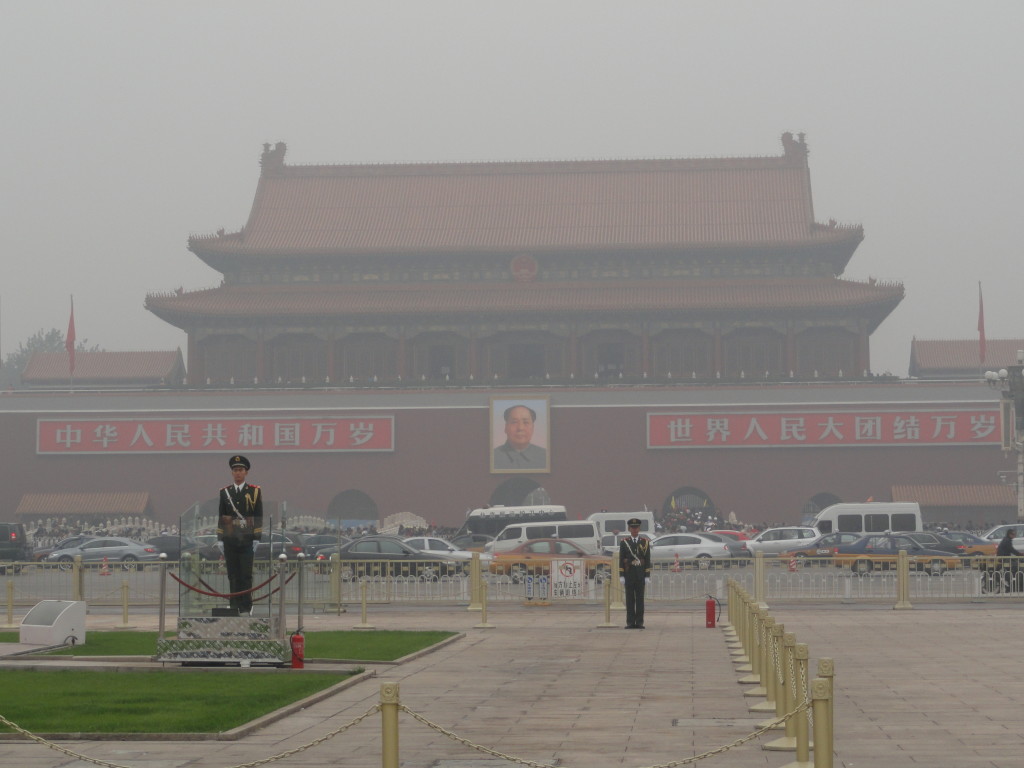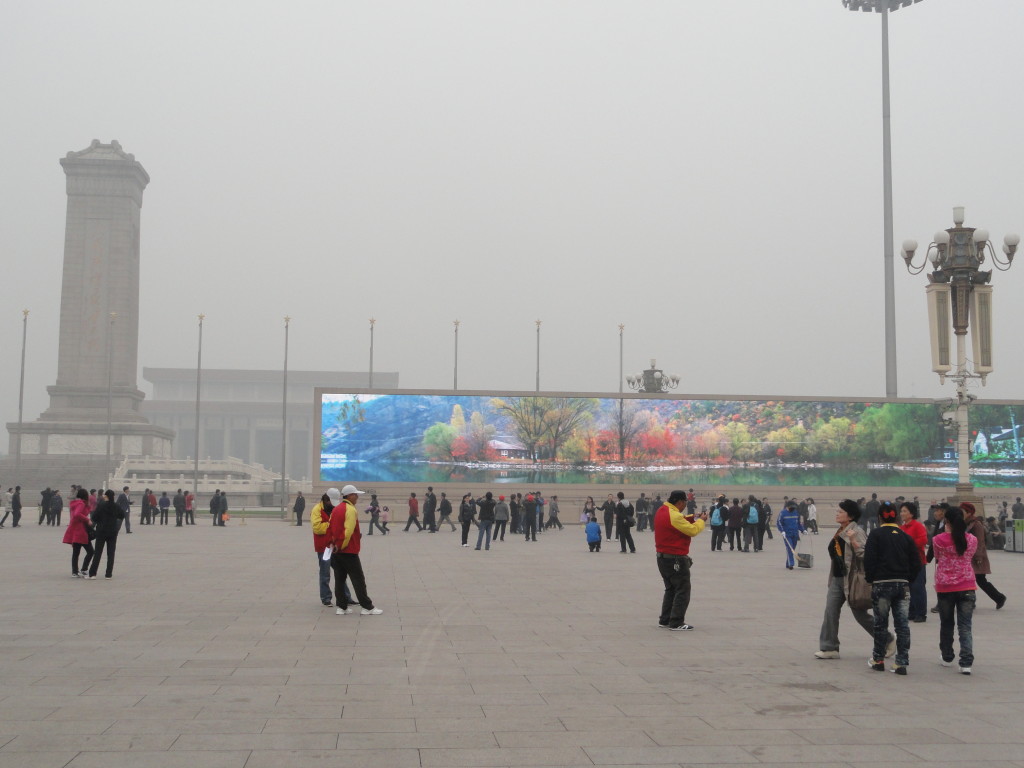Sometimes Science Traveling takes me to distant lands and cultures, and sometimes it takes me closer to my own culture. This year was a little of both. I only took two major trips out of the country, but whoa, were they major. No more significant travel in the last twelve days of 2017, so here’s a recap.
First, the big trips.
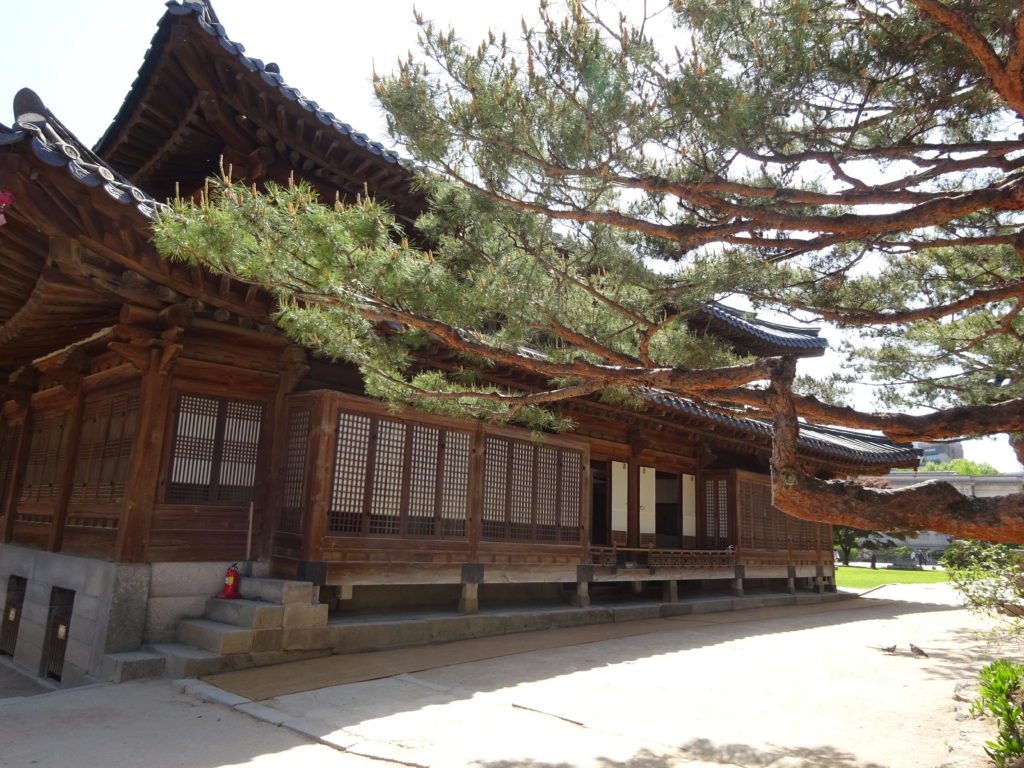
In May I flew to South Korea. Mostly there weren’t any missiles flying while I was on the ground (there were just before and after), so I was able to move around without much difficulty. After landing in Seoul I immediately hopped a train to Busan on the southeast coast. After a few days there I headed back to Seoul and even took a day trip up into the Demilitarized Zone (DMZ). An interesting experience to say the least. Even Seoul offered some excitement as I was there on election day; they were voting to replace the president who had been impeached (and who days before had been arrested for corruption). And yes, I took notes.
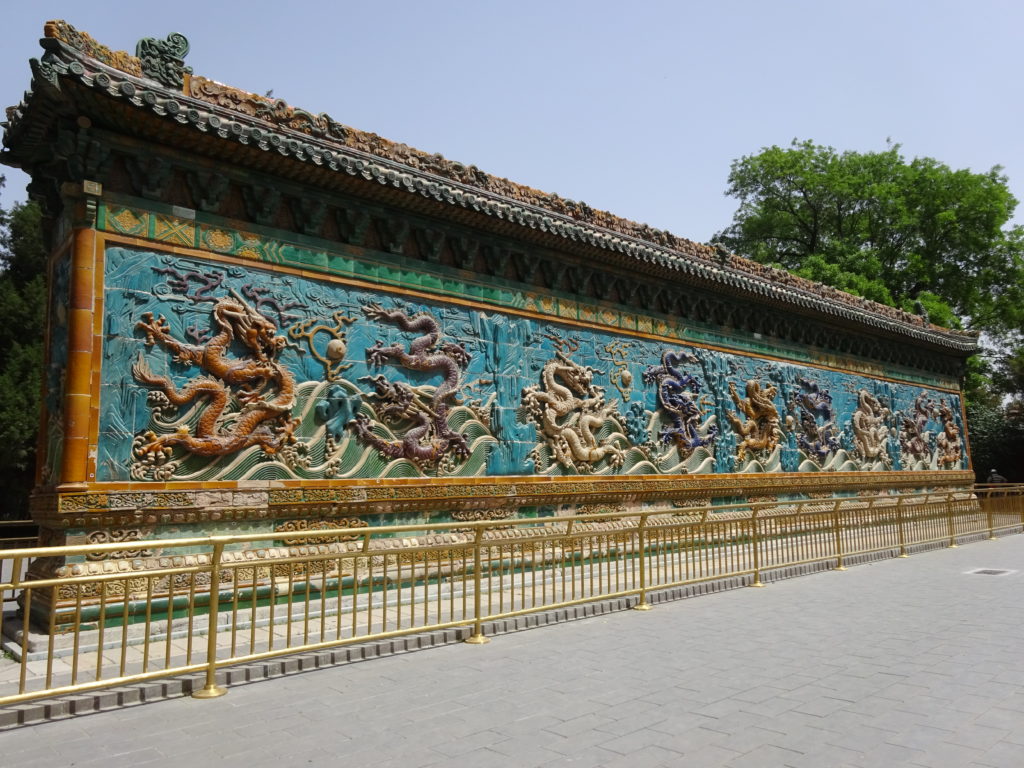
From South Korea I flew to Beijing. I’ve been there a couple of times before so had already seen the usual tourist traps. This time the temperature hit 100 degrees F to offset the first time I was there when it was -5 F. I checked out some local areas and visited the Bell and Drum Towers. Vladimir Putin and about 30 other world leaders were in town for a One Belt, One Road Summit, so the air was bright and clear (they close down the factories and ban cars). On the flip side, the Forbidden City was closed for a private tour of all the first ladies and every version of military uniform possible was parading the streets.
The next big trip was in October to Australia and New Zealand. First to Sydney (the famous bridge, the even more famous Opera House, and the at least locally famous Bondi Beach), then up to Cairns (Great Barrier Reef), then to Queenstown, New Zealand (fjord cruising), then back to Australia for Melbourne (12 Apostles), and finally up to Uluru (Ayer’s Rock). Day trips included hiking the Blue Mountains, checking out three different aquariums, and chasing the Lord of the Rings through the mountains of New Zealand. A trip of a lifetime.
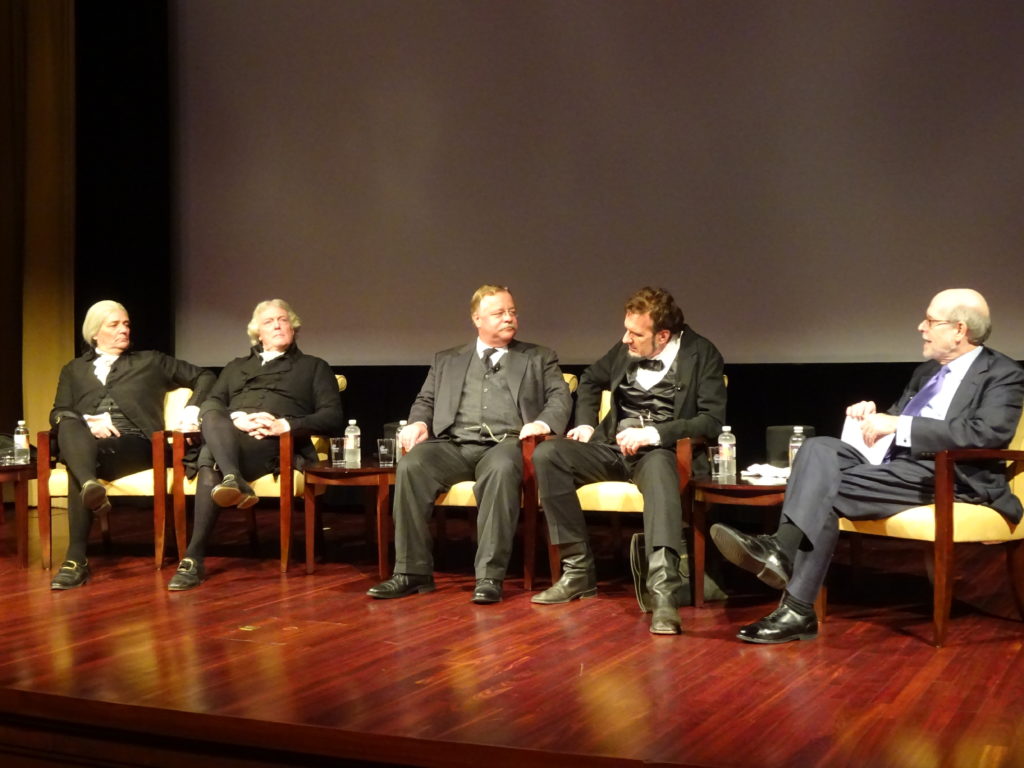
The rest of the year was spent on less adventurous trips. I attended the annual CPRC meeting in Annapolis (where I also went kayaking on a separate trip), the Lincoln Forum in Gettysburg, and then two trips up to Massachusetts (July and November). I also got to hang out with Abraham Lincoln (George Buss) and Teddy Roosevelt (Joe Wiegand). In fact, both men twice. In February they were joined by actors playing George Washington and Thomas Jefferson for a “Mt. Rushmore” night at the National Archives. Joe reprised his role for the Lincoln Group of DC in October with a tribute to Abraham Lincoln; George played Lincoln at the Gettysburg cemetery commemoration in November.
Overall there were fewer trips this year, but to farther places. I only managed to get to three new countries, which brings the total to something like 45 depending on how you count. If things work out the way I’m anticipating, next year could add up to eight, or even more, new countries visited. Now how do I get to Antarctica? Stay tuned.
David J. Kent is an avid science traveler and the author of Lincoln: The Man Who Saved America, now available. His previous books include Tesla: The Wizard of Electricity and Edison: The Inventor of the Modern World (both Fall River Press). He has also written two e-books: Nikola Tesla: Renewable Energy Ahead of Its Time and Abraham Lincoln and Nikola Tesla: Connected by Fate.
Check out my Goodreads author page. While you’re at it, “Like” my Facebook author page for more updates!
Follow me by subscribing by email on the home page. Share with your friends using the buttons below.



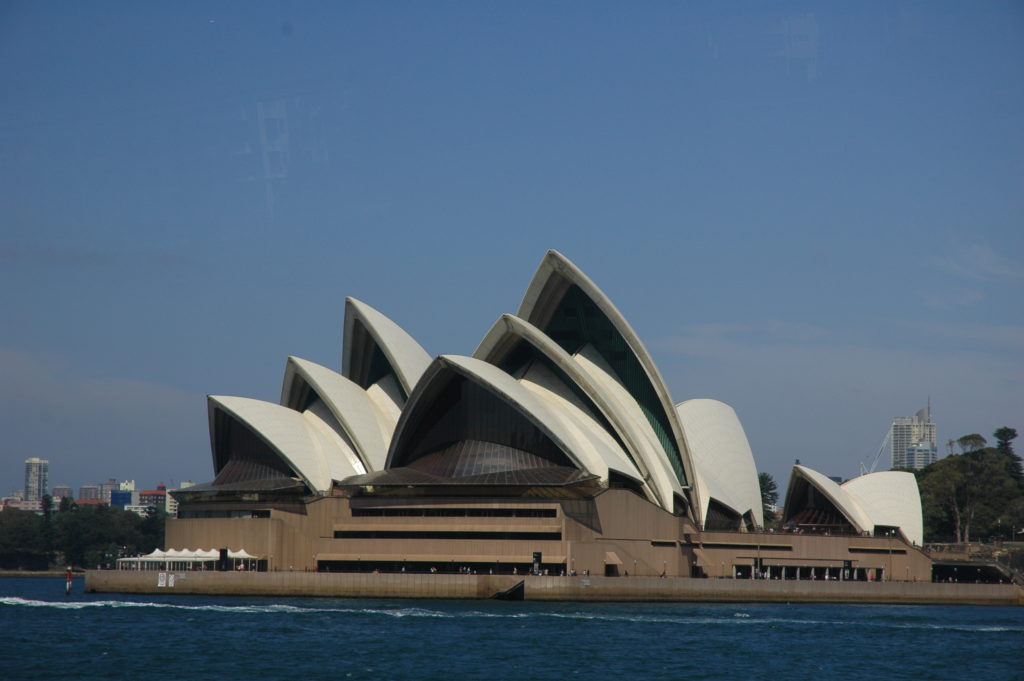

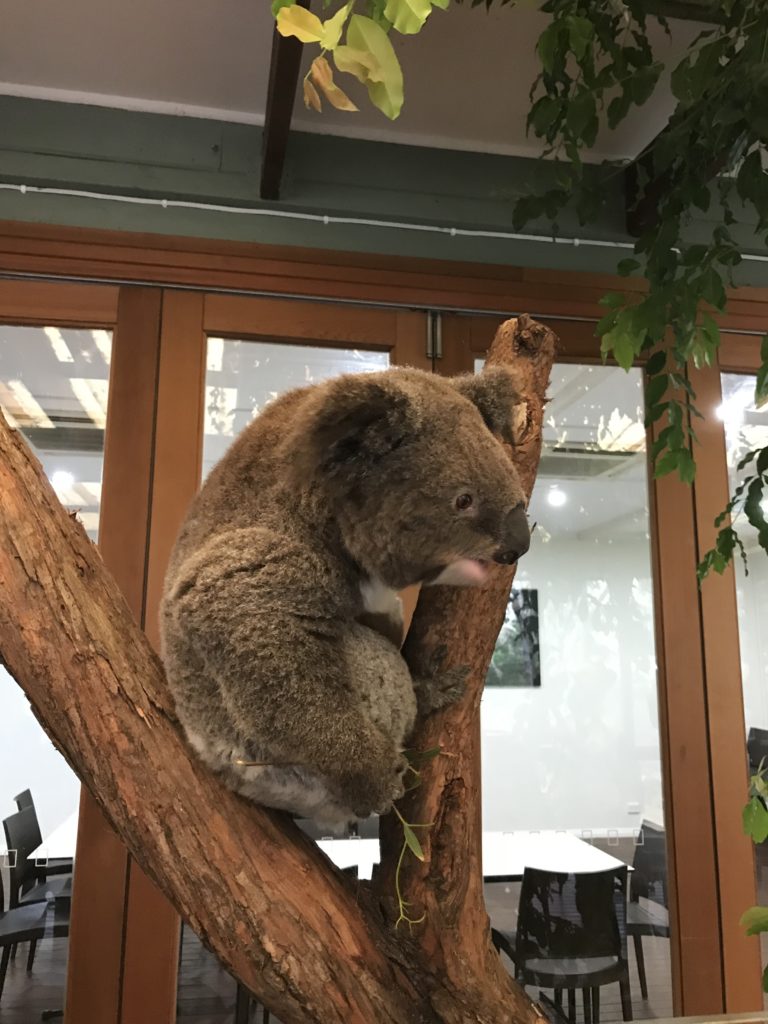

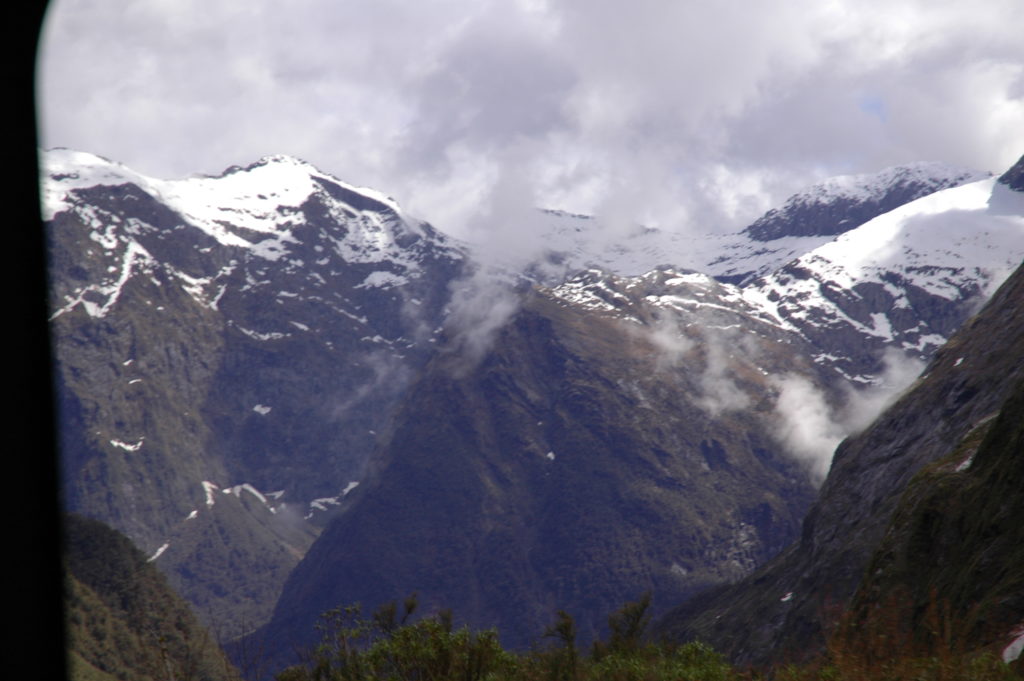
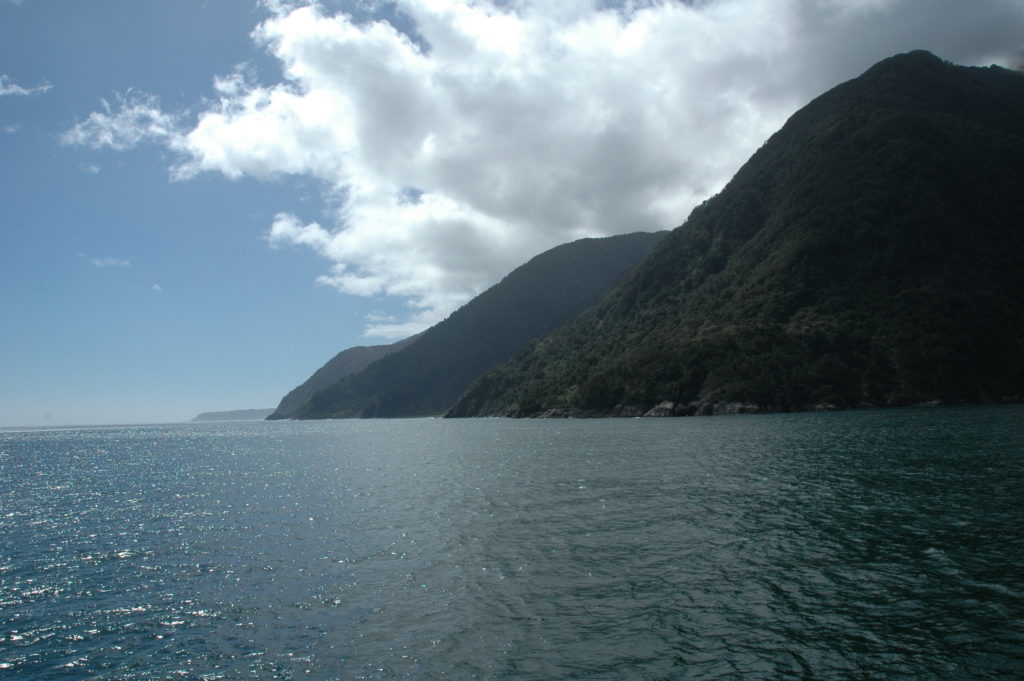
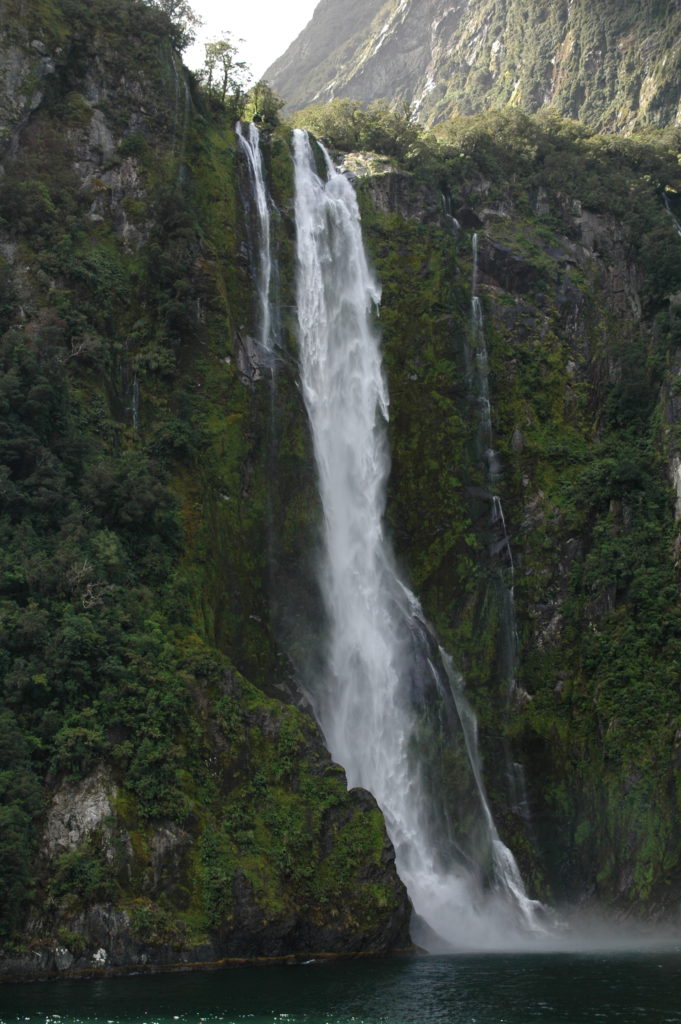
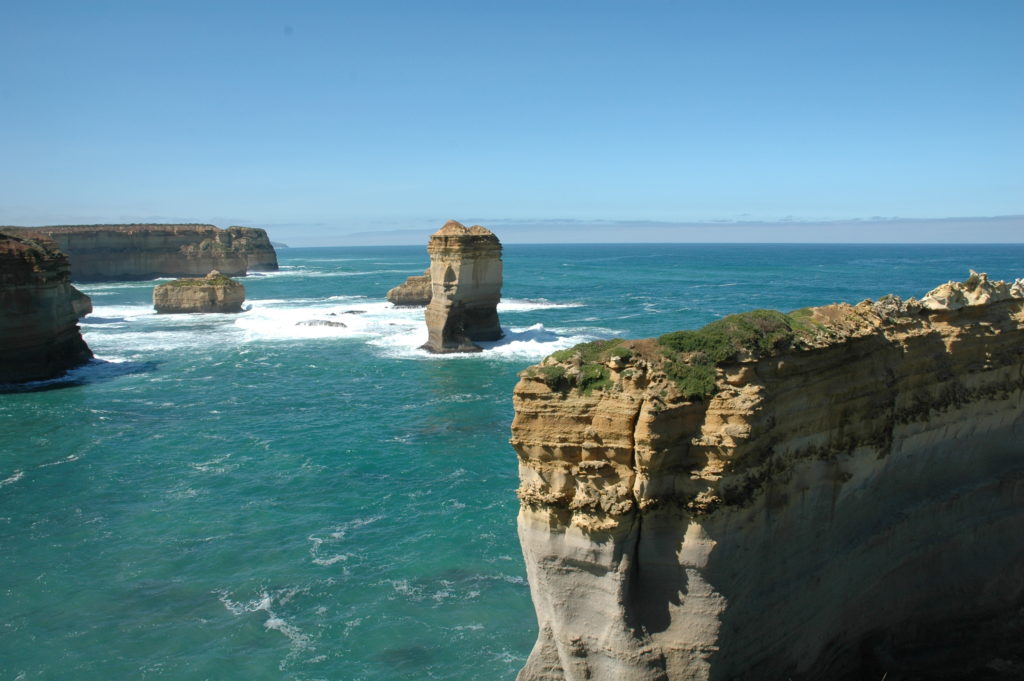


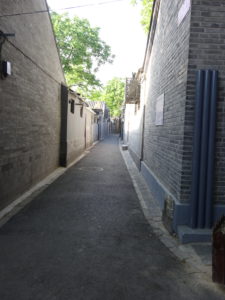 We thought we would try something different on this trip to Beijing. Rather than a western-style hotel we chose a small hotel in a
We thought we would try something different on this trip to Beijing. Rather than a western-style hotel we chose a small hotel in a 